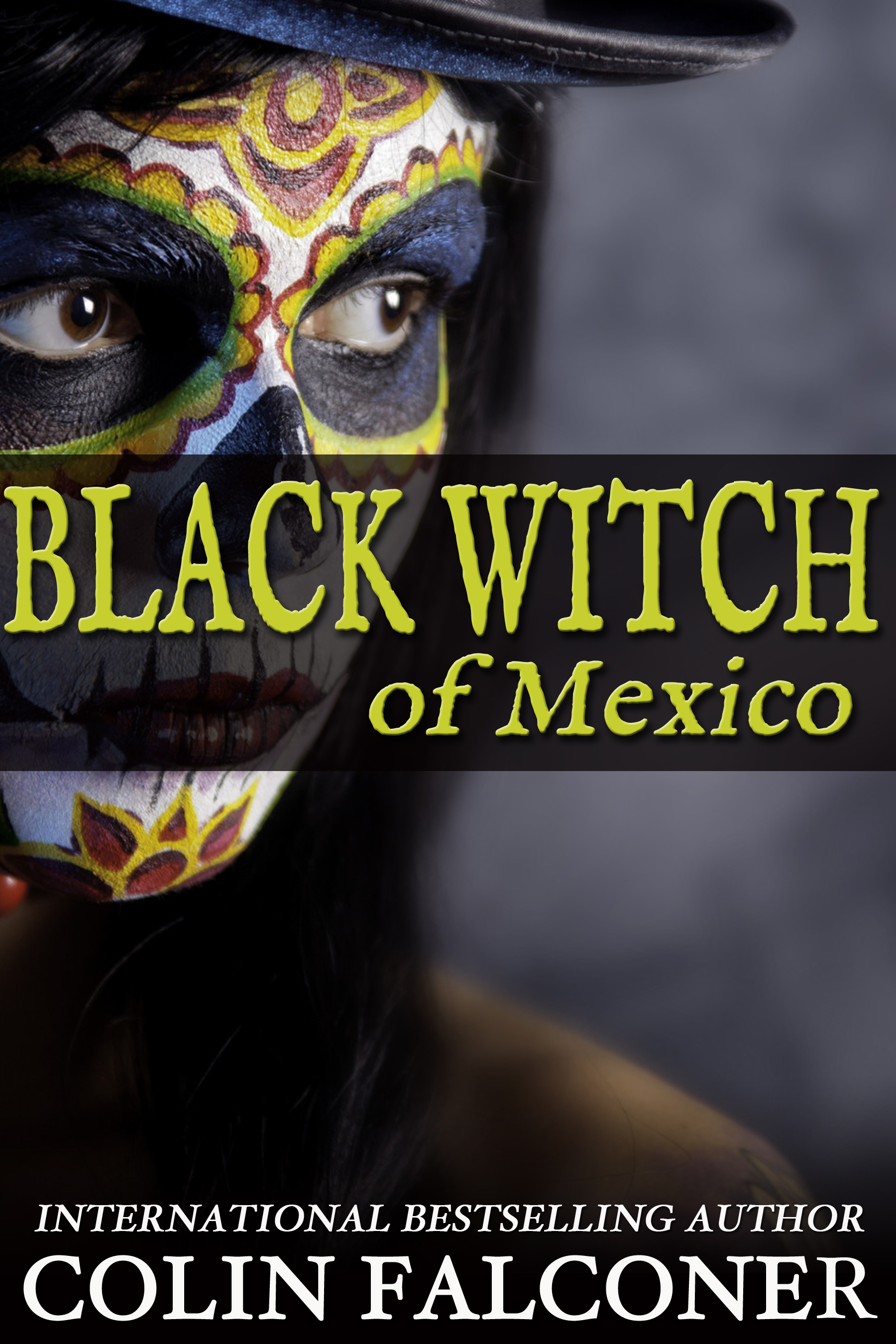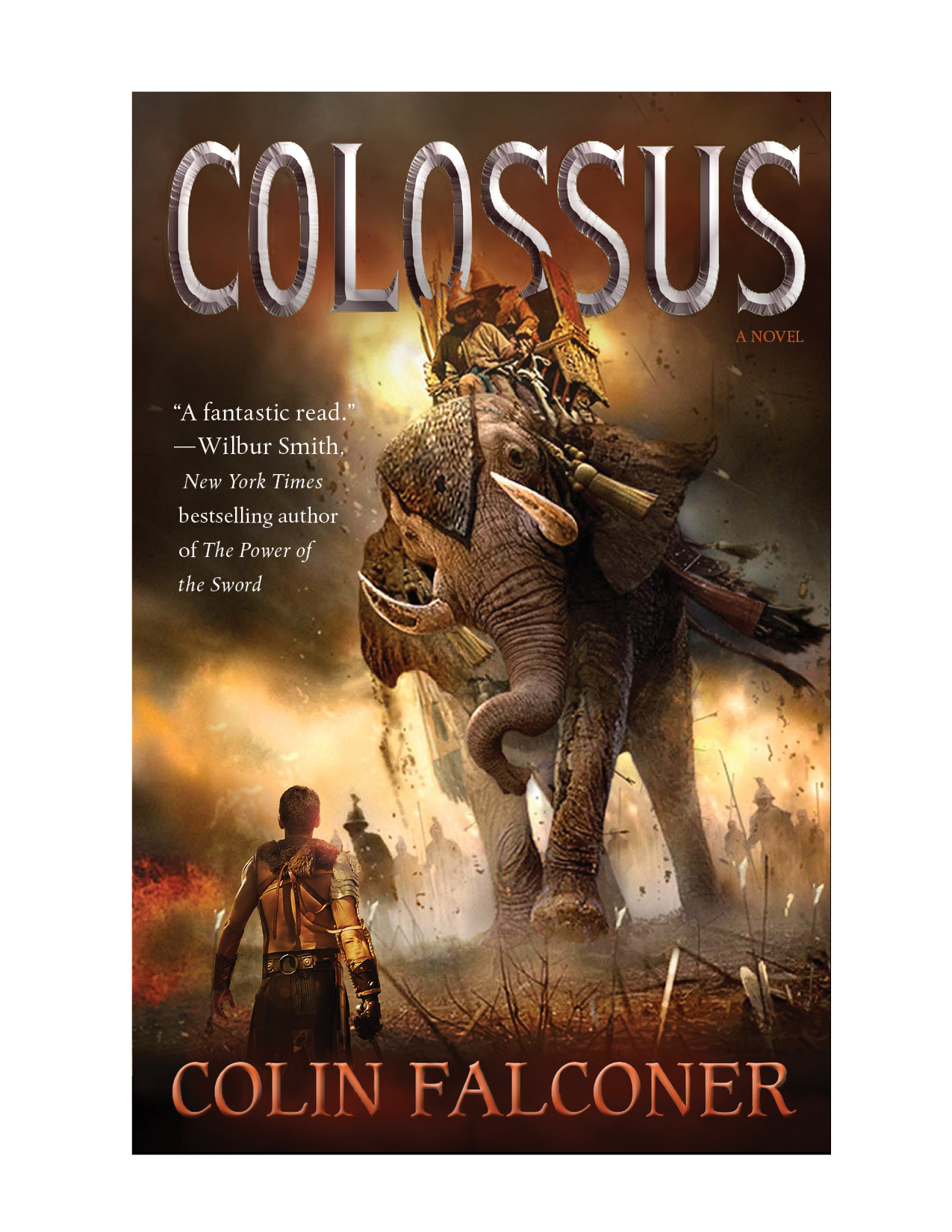Come and join me at the Falconer Club, for selected excerpts and to get free Exclusive Review Copies of my books. JUST CLICK THE FACEBOOK LOGO AT TOP RIGHT!
We’ve all seen his face so many times, it’s almost as if we knew him personally.
The iconic image of Marxist revolutionary Ernesto ‘Che’ Guevara is one of the world’s most objectified images, found on an endless array of t-shirts, posters, tattoos, and even bikinis.
He is a superhero of the consumer culture he despised and a universal symbol of rebellion.
According to leftist mythology he was a brave, noble soldier who loved freedom and sacrificed his life for the socialist cause and he yet remains a national hero in Cuba, where his face is on the 3 peso coin and school children begin each morning pledging: ‘We will be like Che.’
Universally he is both loved and reviled.
When I pre-released the cover of my latest novel, NAKED IN HAVANA, with the tagline ‘Sex, Lies and Che Guevara’ someone commented that they wouldn’t buy anything that had Che in it. Extreme? Decide for yourself.
Here are some things you perhaps didn’t know.
1. HE WAS ALSO KNOWN AS THE BUTCHER OF LA CABAÑA
The La Cabaña Fortress is a popular tourist destination dominating Havana Bay. It was once the final destination for many of Castro’s enemies and it was here that Che ordered the executions of hundreds of Batista loyalists, a job for which he was uniquely suited:
“To send men to the firing squad, judicial proof is unnecessary.
These procedures are an archaic bourgeois detail. This is a
revolution! And a revolutionary must become a cold killing machine
motivated by pure hate.”
In his defense, Batista loyalists weren’t renowned for being warm and fuzzy either.
2. HE WAS NOT A BIG SUPPORTER OF LGBT
Che oversaw the establishment of Cuba’s first gulag at Guanahacabibes. The forced labor camp was used to detain homosexuals and devout Catholics as well as dissidents.
3. IN SOME PARTS OF BOLIVIA HE IS WORSHIPED AS A SAINT
On October 8, 1967, U.S. trained Bolivian rangers captured Che in a ravine near the Bolivian town of La Higuera.
The next day he was summarily executed in a local schoolhouse and his body was moved to nearby Vallegrande and put on show for the press inside a laundry room. That room has now become a pilgrimage site and is featured along the tourist ‘Che Guevara Trail.’
Locals in the town now pray to “Saint Ernesto,” although his sainthood is unofficial. As he was a sworn Marxist don’t expect any move for canonization from the Vatican anytime soon.
4. A LOCK OF HIS HAIR FETCHED SIX FIGURES AT AUCTION
His body and belongings were treated with little respect by his killers.
His famous pipe was taken by the man who shot him and the CIA agent who interrogated him, Felix Rodriguez, took the tobacco.
His not-very-Marxist Rolex also disappeared.
Another agent, Gustavo Villoldo, snipped a lock of hair and auctioned it 40 years later - for $100,000.
5. YOU MAY STILL BE ABLE TO SHAKE HANDS WITH HIM
The Bolivian army never revealed what happened to Guevara’s body but his hands were amputated and preserved in formaldehyde. They were then sent to Buenos Aires for fingerprint identification so that Castro could never claim they shot the wrong man.
What happened to them? No one is able to point the finger to where they are now.
6. HIS KILLERS WERE CURSED
The order to kill Che came from Bolivian President René Barrientos and was carried out by Captain Gary Prado, from an army division under the command of General Joaquin Zentano.
2 years later Barrientos died in a helicopter crash; Zentano was assassinated in Paris in 1975. In 1991 a gun accident left Prado a paraplegic.
Does that mean they were cursed? It could just be the law of averages. Bolivian presidents and colonels don’t often die in their beds.
Still, I’m glad I wasn’t there.
7. ‘THAT’ PICTURE EARNED THE PHOTOGRAPHER NO ROYALTIES
When he was captured, Che Guevara reportedly shouted: “Don’t shoot! I am Che Guevara and I am worth more alive than dead!”
A gazillion t-shirt sales say you were wrong there, Che.
Photographer Alberto Korda took THAT famous photograph at a memorial service for the victims of the La Coubre explosion in Havana on March 5, 1960.
Copies were later acquired by a wealthy Italian businessman, Giangiacomo Fetrinelli. After Che died his image acquired a life of its own.
A lifelong communist, Korda did not claim moral rights until 2000 when Smirnoff used the image in a vodka commercial. He was awarded $50,000, which he donated to the Cuban healthcare system.
8. CHE’S REAL NAME WAS ERNESTO LYNCH.
Che was actually Ernie. His family was half Irish and he was descended from one Paddy Lynch from Galway, on his mother’s side.
He was born in Rosario in Argentina to wealthy parents and never became a Cuban citizen, despite his intense involvement in that country’s destiny.
9. HIS NICKNAME WAS PIG.
![Che Guevara, Cuba, Havana]() He got the nickname (“Chancho”) as a youth because of his poor hygiene.
He got the nickname (“Chancho”) as a youth because of his poor hygiene.
He may look good on a t-shirt but apparently he didn’t change his own more than once a week.
People stopped calling him Chancho when he acquired powers of summary execution.
10. HE WAS A GEEK
As a youth he played in chess tournaments and liked to recite poetry. His favorite subjects were mathematics and engineering.
11. HE HAD FIVE MINI CHE’S
He had a daughter with his first wife, Hilda Gadea, born in Mexico City on February 15, 1956.
He also had four children with his second wife, the revolutionary Aleida March - Aleida, Camilo, Celia, and Ernesto.
12. HE WAS A KEEN ANGLER.
He and Fidel Castro competed with a certain well known writer in what was known as The Hemingway Fishing Contest.
The Angry Young Man and the Sea.
13. HE TRIED TO BLOW UP GRAND CENTRAL STATION
Last year a right wing author named Humberto Fontova claimed to have uncovered evidence that Guevara was involved in a November 1962 plot to use 1,200 pounds of TNT to blow up Macy’s, Gimbels, Bloomingdale’s, and Grand Central Station the day after Thanksgiving.
As this is the busiest shopping day of the year the resulting carnage may have eclipsed 9/11.
Havana, 1958.
Magdalena Fuentes knows that Angel Macheda is the only man for her, even after he takes her virginity and then tells her he is engaged to someone else. She knows they are meant to be.
So why can she not stop thinking about Reyes Garcia? From the moment I saw you, he says, I knew there would be no one else.
From the moment I saw you, she tells him, I knew you were arrogant, conceited and rude.
Magdalena is a girl who will not let sentiment stand between her and love. But as Fidel Castro’s rebels tighten their grip around the city and she watches her family and her whole life come apart, she learns hard lessons about love and about life.
Against the backdrop of the boleristas and the gangsters, the music and the guns, Magdalena discovers just how dangerous love can be.

COLIN FALCONER
Come meet me at the Falconer Club, for exclusive excerpts and the chance to win copies of my books. JUST CLICK THE PICTURE ABOVE!
Like this:
Like Loading...












